Few things are more toxic to a political party than a sense it’s on the way out. Just ask Rishi Sunak.
After 14 years in government, by the time the general election arrived there was a sense of inevitability about Tory demise – reinforced by the number of MPs who decided to leave politics.
It is a narrative the SNP will try desperately to resist after senior councillors in Dundee, Fife and Angus revealed their own exit.
The path from local government to Holyrood is a familiar one.
Less than two years until the next Scottish election, conventional wisdom would suggest figures like Dundee’s John Alexander would be planning a move.
Certainly that would be true for a party on the rise, as ambitious politicians, confident of retaining power and leading the next Scottish Government, set their sits on high office.
It’s a path many in the SNP were actively encouraging Mr Alexander to take.
Should Dundee MSPs Shona Robison or Joe FitzPatrick decide to step down at the next election, he was the odds-on favourite to replace them.
A senior role in a re-elected Scottish Government was all but guaranteed.
Writing on the wall for the SNP?
Instead, the well-regarded council leader has opted for a shift to the private sector.
It follows a humiliating set of election results, not least in Dundee where one of the safest nationalist seats turned to one of the most marginal.
There is a now a strong sense that the SNP’s star is waning.
For Mr Alexander, the writing may well have been on the wall.
It’s in this context that the party faithful will gather in Edinburgh at the end of August for the 90th annual SNP conference, just shy of 10 years since the independence referendum.
It will be a different world to the one in which Nicola Sturgeon proposed a second, ill-fated ballot, which was intended to take place in October 2023.
As they gather for a reckoning, they will be all too aware of the sheer scale of the challenge ahead.
Far from planning how they can achieve their ultimate political goal, talk of survival is much more likely to dominate.
‘Record, team, vision’
In 2011, when the SNP secured an unprecedented majority at Holyrood, the party ran on a slogan of “record, team, vision”.
With the constitutional question now on the back burner, the party is being forced to confront a 17-year legacy that many Scots are less than impressed by.
Those flagship policies nationalist politicians most often crow about – free education, social care and prescriptions – are all more than a decade old.
More recent promises of world-beating climate targets, reform of the council tax system and dualling the A9 lie in tatters, while NHS waiting lists continue to grow and the government’s lofty aims of improving the education system have fallen short.
Those key policies were achieved under a first minister, Alex Salmond, who no senior SNP figure with hopes of a future is willing to embrace.
And while infighting has settled under John Swinney, a sense of a talent drain will leave the party struggling to boast the most promising starting 11.
As important as both the party’s record and team will be, some senior insiders have conceded to me privately that it is not what concerns them most.
That winning slogan in 2011 was composed of three words for a reason.
SNP will have to find fresh vision after nearly two decades in power
They know that final word – vision – is perhaps most important, because very few will be inspired to the ballot box on the back of a message of how good it once was.
There is a reason that, no matter where in the world they take place, the most successful election campaigns are the ones rooted in a vision of hope and a belief that things can improve.
It is a resurgent Scottish Labour that will have much more of a chance of harnessing that vision after such a long period of SNP dominance.
They will be able to present themselves as the agents of change, learning from Labour’s successful general election campaign that leveraged the fatigue voters had with the Conservatives.
The nationalists will only overcome this with a serious policy platform that offers a credible set of solutions to the problems Scots face.
A best hits tour, fronted by John Swinney, the man who has been there for decades, that points simply to the successes of the past, tinged with serious failings such as those in how the NHS is managed, is doomed to fail.
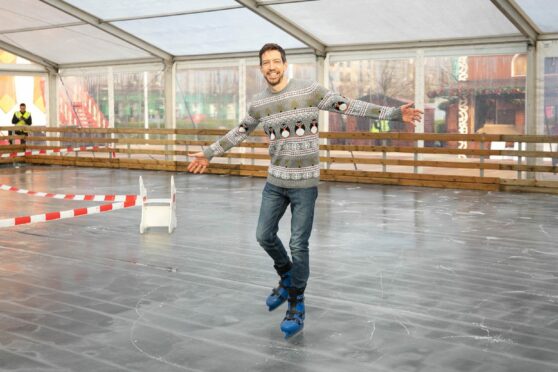
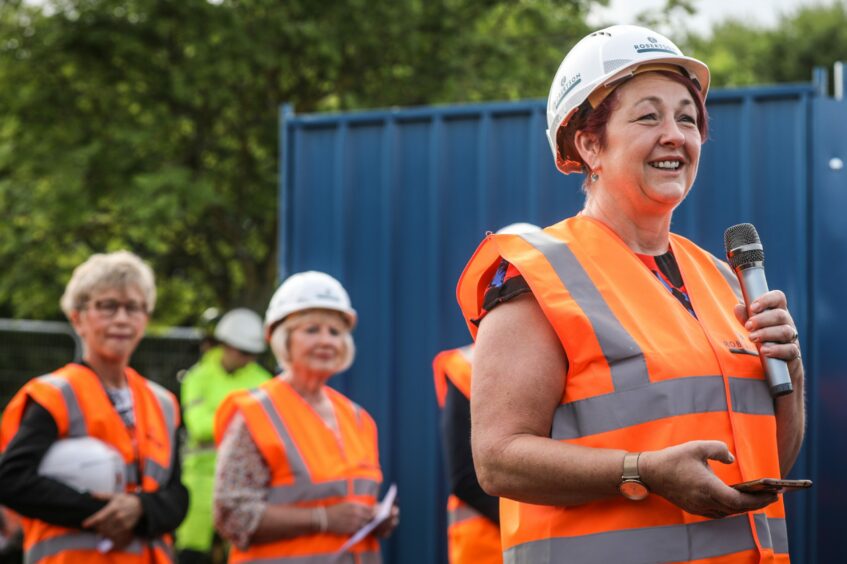
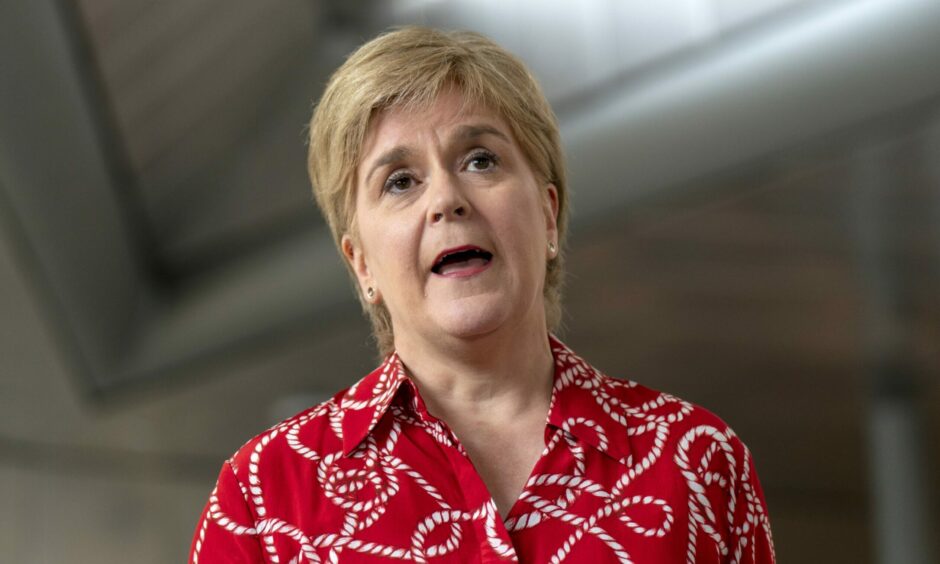
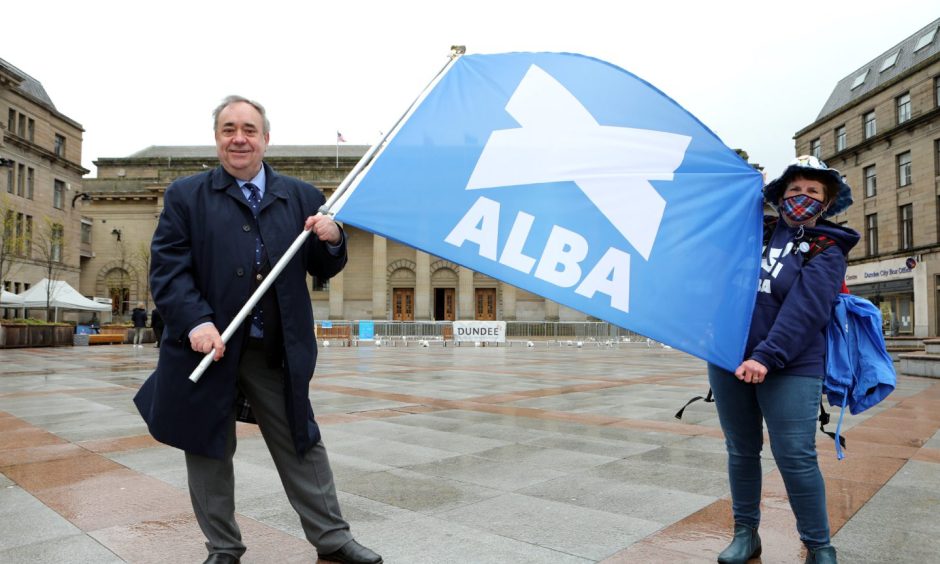
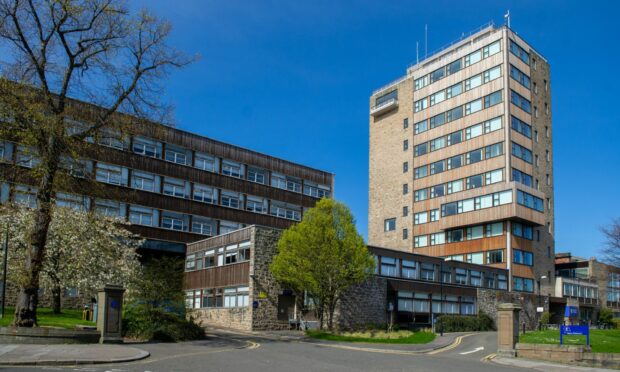
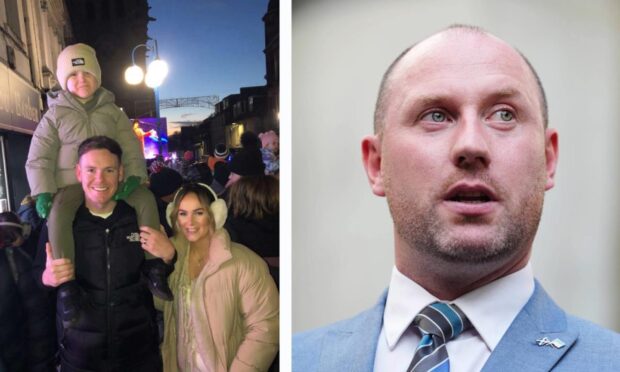
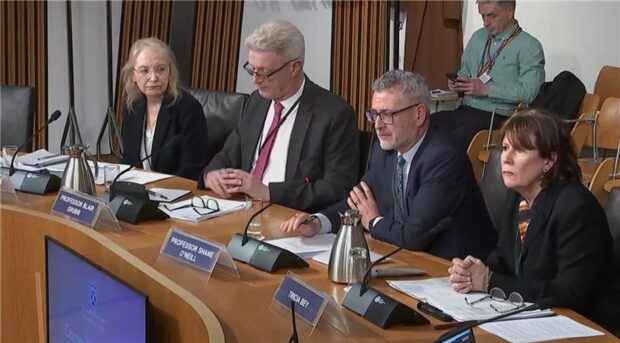
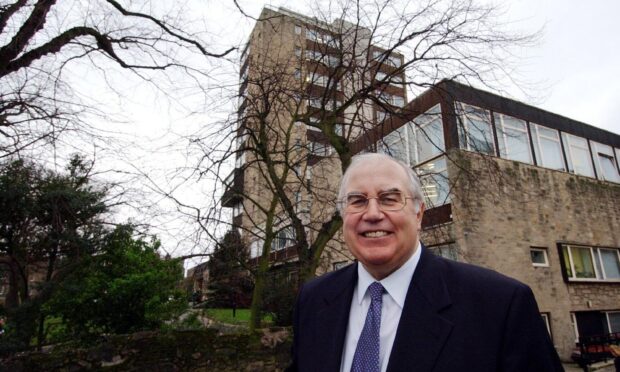
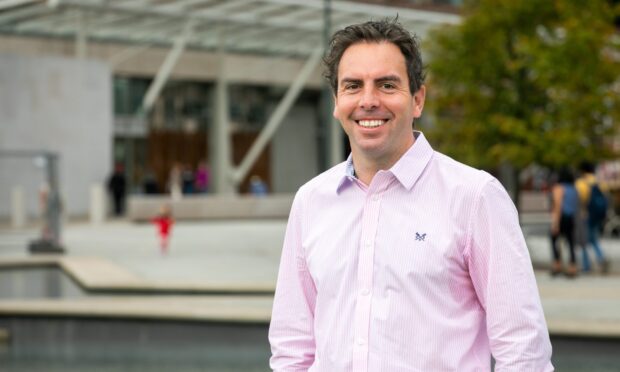
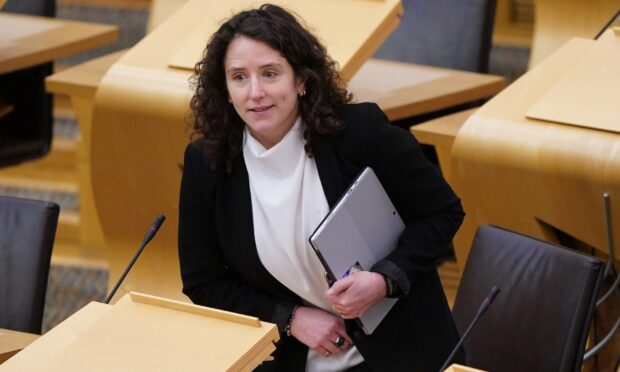
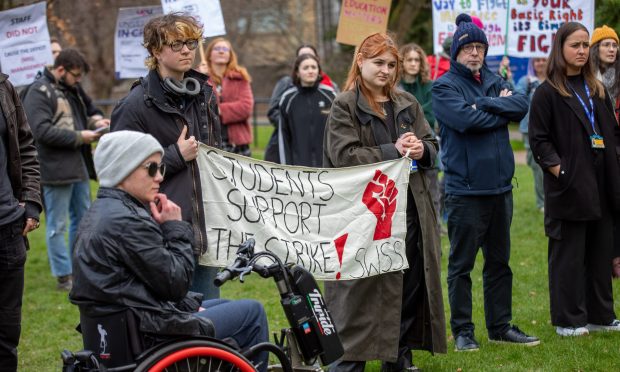
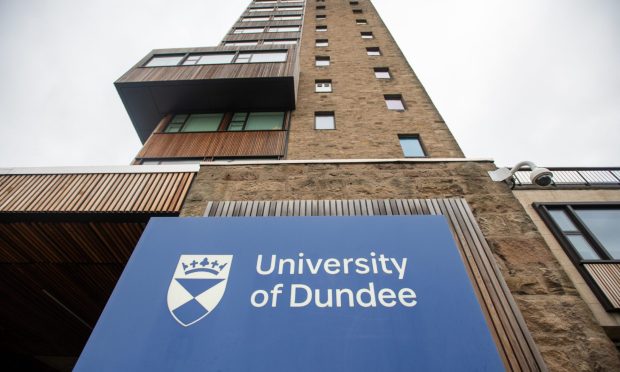
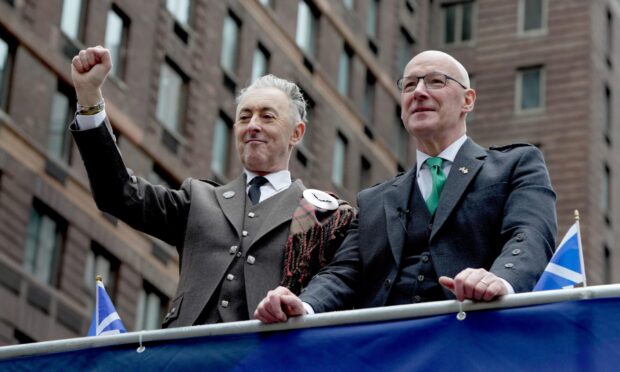
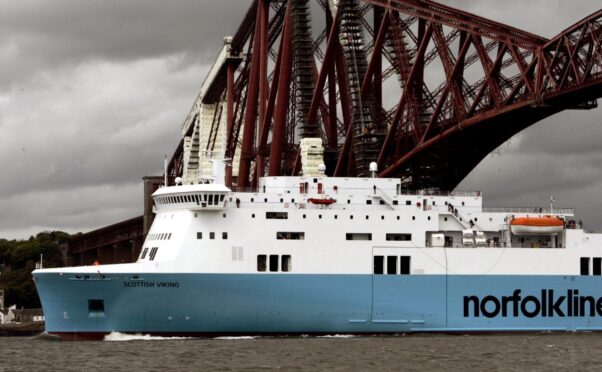
Conversation